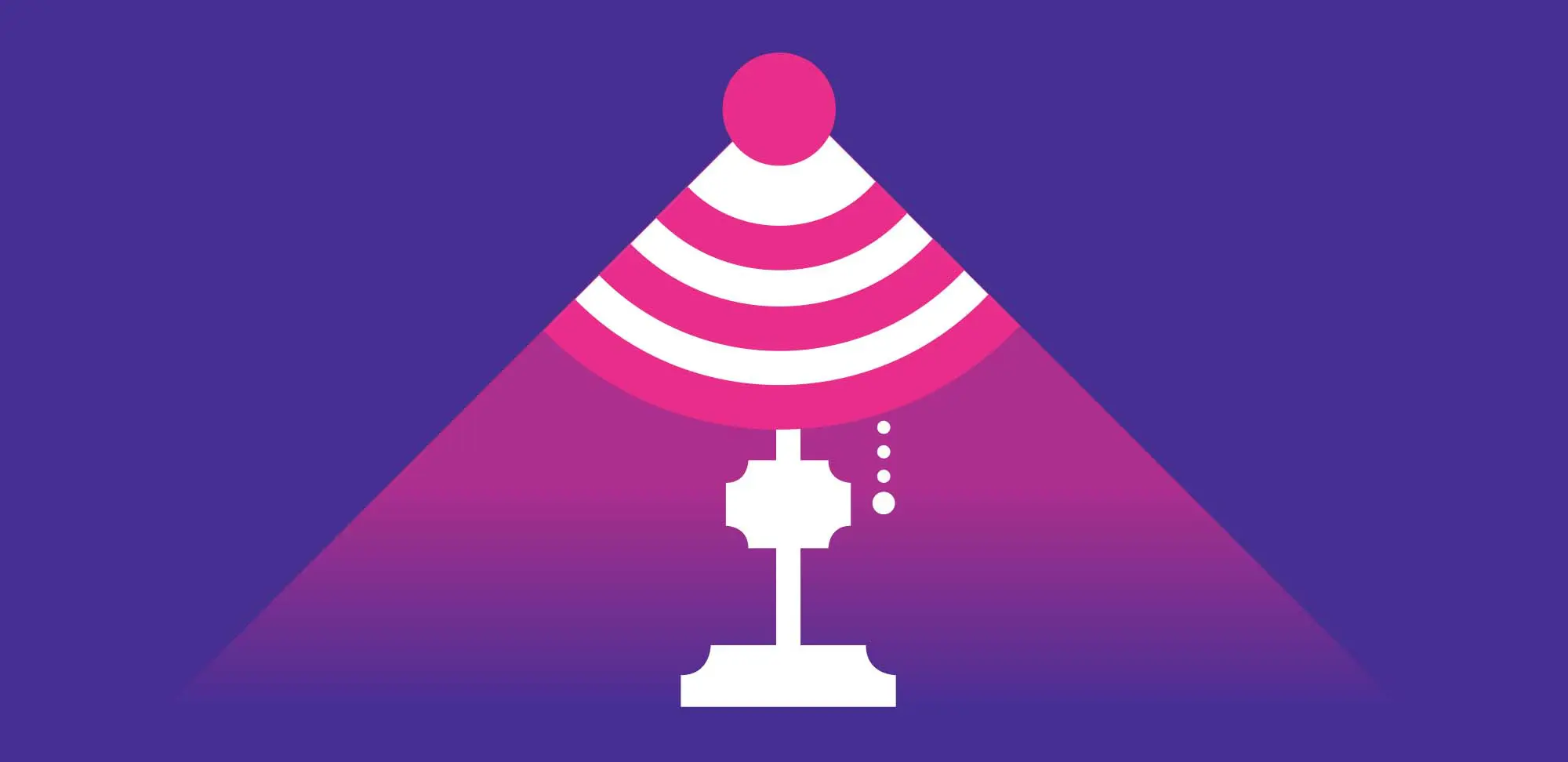Smart home devices can make it simple and safe to live your best life in your own home, longer.
1. Smartphone or tablet
“The number-one thing is to have a smartphone or tablet,” says occupational therapist Lesya Dyk. “There’s literally an app for everything now, so you can manage your health care, social life, play games, read, order groceries … “
There are also apps for help with specific needs. If your eyesight is an issue, TapTapSee uses your device’s camera and VoiceOver functions to take a picture or video of anything and identify it out loud (taptapseeapp.com). LookTel Money Reader recognizes currency and speaks the denomination so you can easily identify and count your bills.
2. Personal assistants
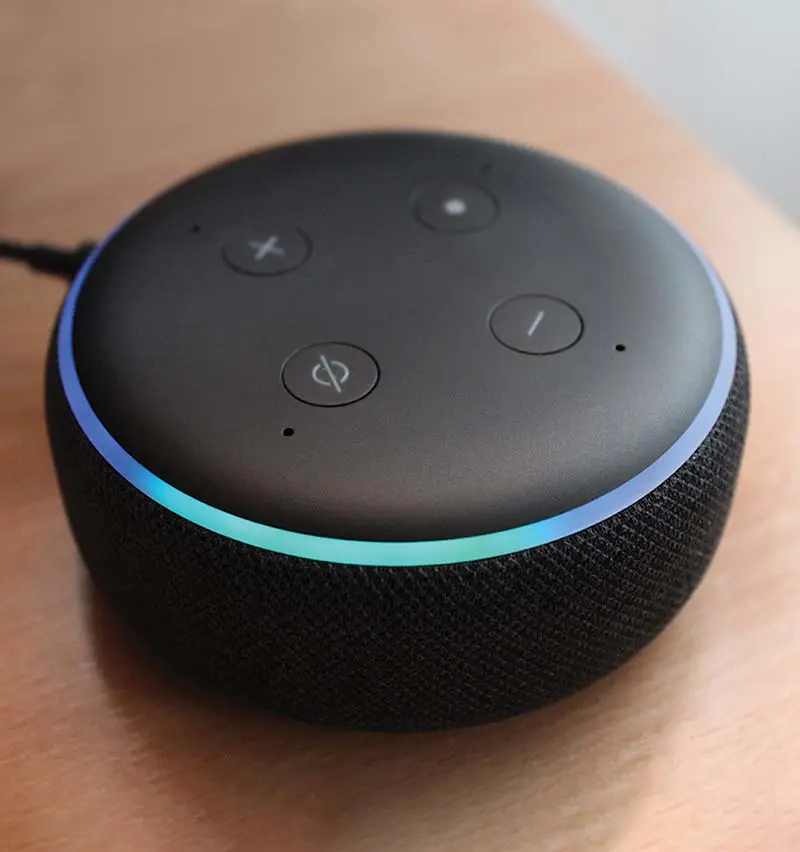
Once set up, voice-enabled smart home systems such as Amazon’s Alexa, Apple’s Siri or Google Home can take care of a wide range of tasks, from turning on lights or music, controlling the temperature, ordering groceries and delivery meals, to answering the phone.
3. Fall and motion detectors
Fall-detection sensors will contact a monitoring station if you’re unable to call for assistance. Most are worn around your neck, but the latest detectors are included in smart watches. There are several models of Apple Watch, for example, that can be linked to a monitoring service that can also detect heart irregularities.
There can be false positives, but monitoring companies will try to contact the user by phone before notifying emergency services and the user’s designated contact person.
You don’t have to wear radar-based detectors, but they are costlier and only detect a fall in the room in which the equipment is installed.
4. Faucet and shower controls
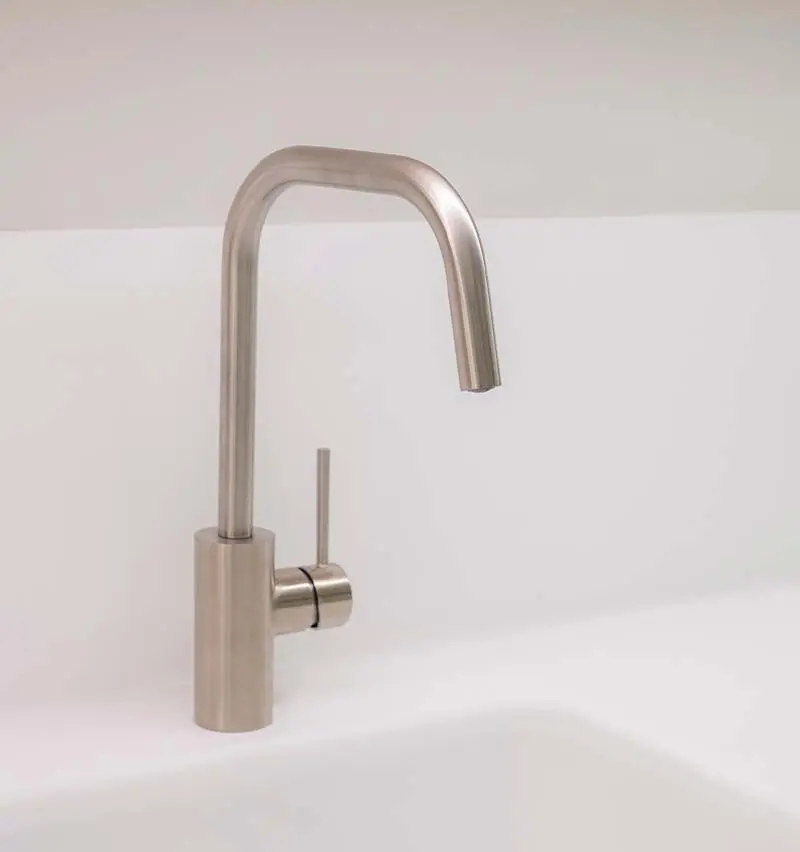
Motion-operated faucets and soap dispensers are pretty common, but the next generation of hands-free fixtures are voice activated. With Kohler’s Sensate faucet, for example, your voice turns the water on or off, controls the temperature and even delivers pre-set volumes of water, a great feature if you have trouble reading the markings on a measuring cup, for example.
Moen’s U system controls shower settings by voice, an app or a wall-mounted controller, so you can pre-set the volume and temperature to your preferences.
Interactive smart mirrors can display daily to-do lists and check the weather forecast before you get dressed.
5. Camera systems
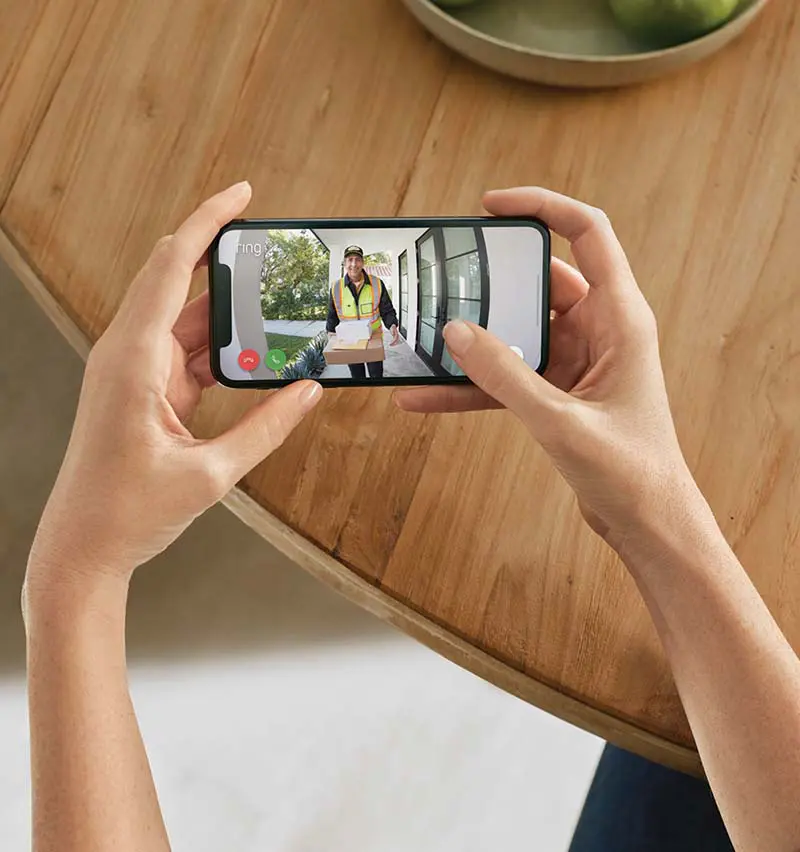
A camera-equipped doorbell, such as the Ring system, lets you know who’s at your door and allows you to communicate from inside your home.
Another consideration for the exterior door: biometric locks that open the door with a fingerprint so you don’t have to root around for your key or remember the digital passcode.
6. Smoke detectors
You have smoke and carbon monoxide detectors, of course. But the new smart smoke detectors not only sound the alarm but can also alert friends, neighbours or family via smartphone alerts.
7. Lighting
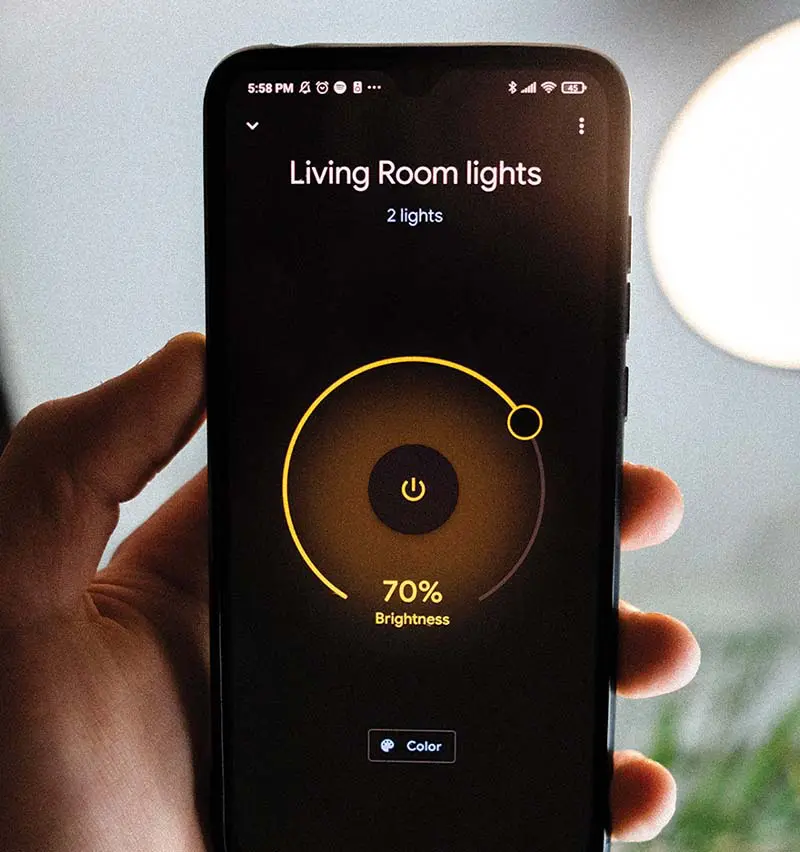
Smart lighting, including in-wall switches/dimmers and LED bulbs, allows you to put your lighting on a schedule, turn your lights off or on using your smartphone, and have the lights triggered by movement.
